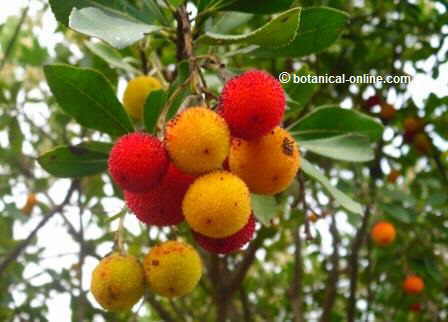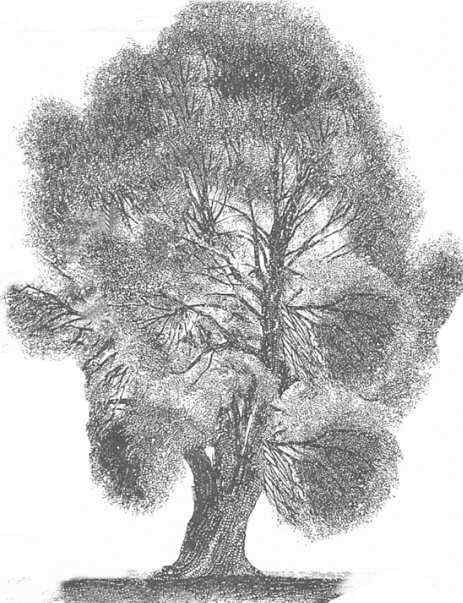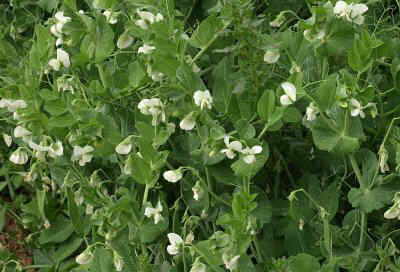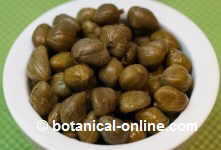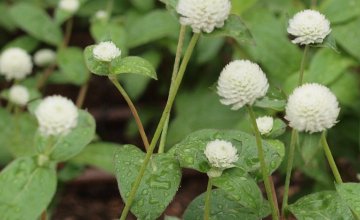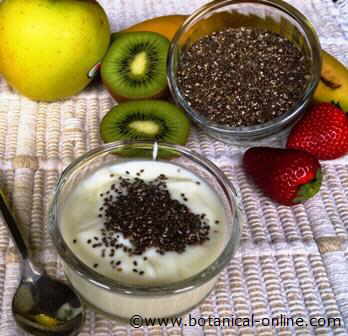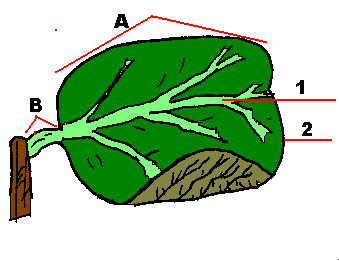Contents
Why is is good to eat wild plants
WILD PLANTS AND HEALTH BENEFITS
Wild plants allow us to widen the range of our food ingredients
With wild flowers and plants, we can make decorative salads with marigold flowers, or colorful dishes like nettle soup, bright green for its richness in carotenoids.
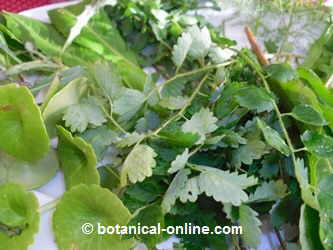
Image of prepared vegetables for a salad with edible wild plants.
Wild plants retrieve a vestige of the gastronomic history
The consumption of wild plants has been part of the human diet for centuries.
Some of these plants are still present in the markets, as in the case of the hollyhocks, available in the markets of Marrakesh or borage still present in many Spanish markets.
Wild plants are highly nutritious
Vegetables found in most supermarkets come from field crops, fertilized with nitrogen, phosphorus and potassium to attain rapid growth.
Wild weeds are richer in some nutrients, especially magnesium. For example, dandelion contains more iron, magnesium and more calcium than spinach or chard; and its vitamin A content (as beta carotene) is even higher than in carrots.
Because they are ecological
From locally grown productions, and with a responsible consumption: Proximal produced foods can save energy fuel, reduce package manufacturing and lower costs.
![]() More information about wild plants in the kitchen.
More information about wild plants in the kitchen.

